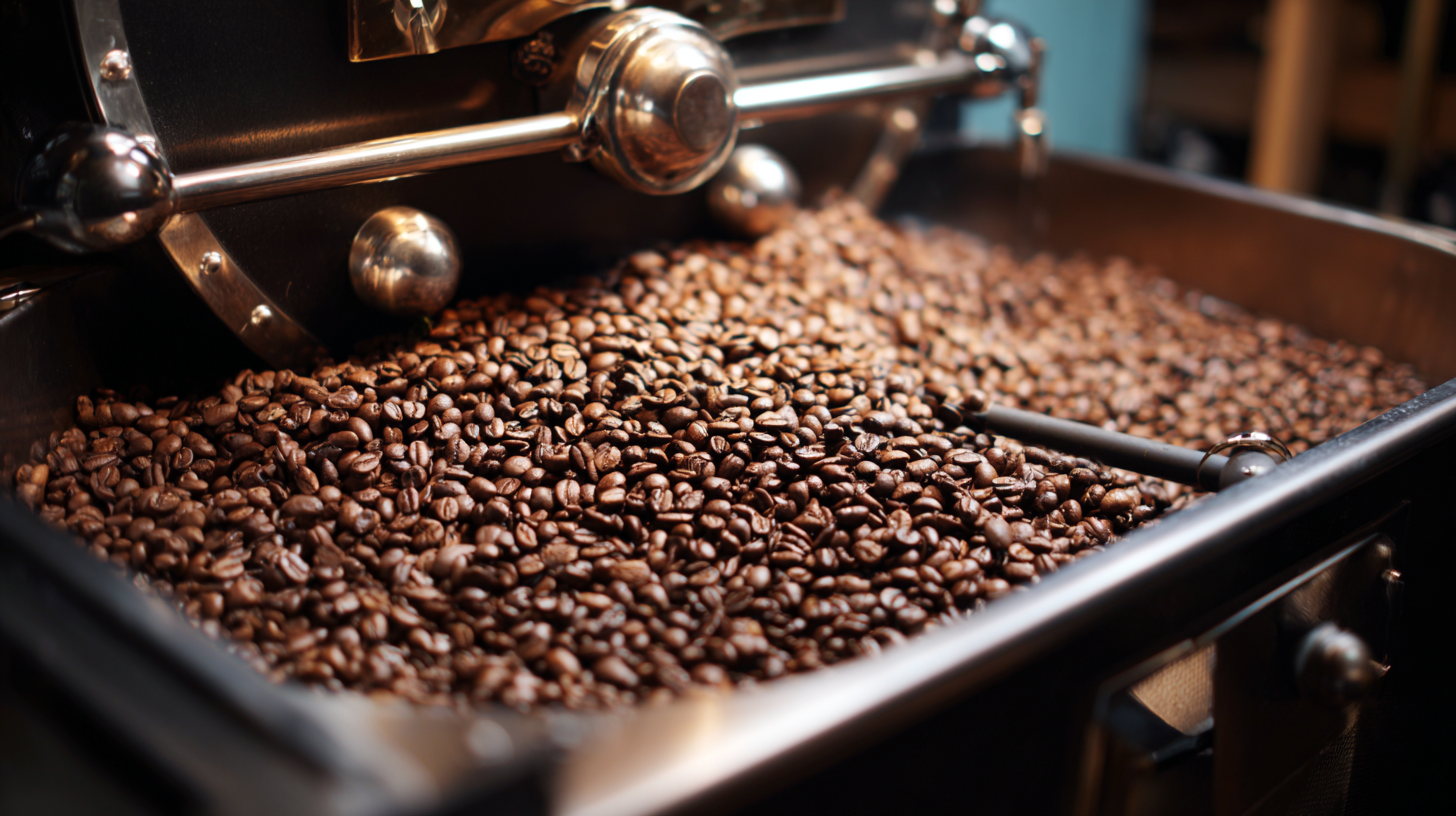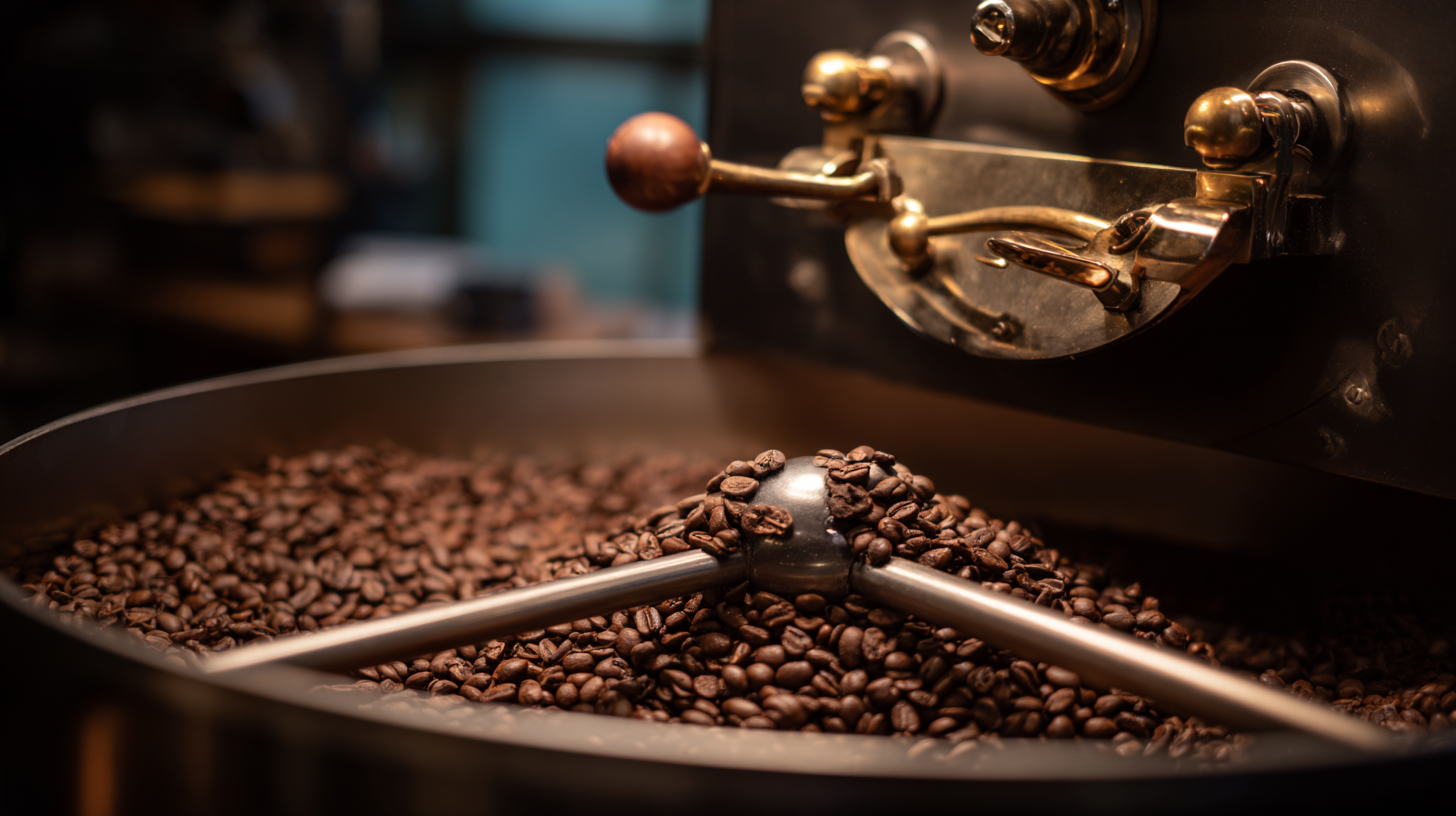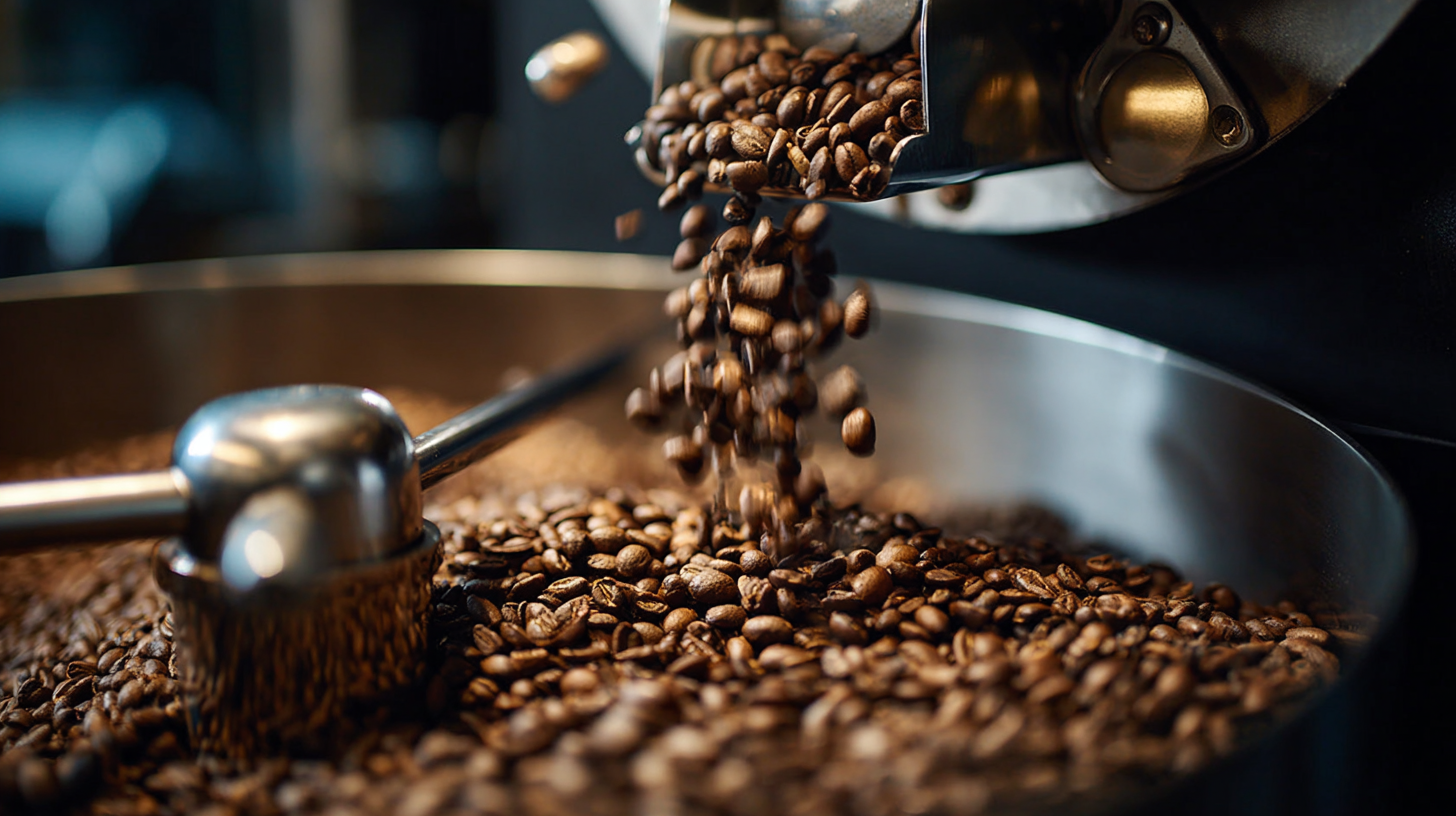Innovative Solutions for Selecting the Best Coffee Bean Roaster for Your Business
In the competitive landscape of the coffee industry, selecting the right coffee bean roaster has become crucial for businesses aspiring to create a distinct flavor profile and meet consumer demand. According to a recent report by the National Coffee Association, over 60% of Americans now drink coffee daily, with specialty coffee consumption on the rise, growing by 20% in the last decade. This surge highlights the increasing importance of quality in coffee offerings, making the choice of a coffee bean roaster pivotal.

Investing in innovative roasting technology not only enhances flavor development but also improves operational efficiency. With the market projected to reach $102.15 billion by 2026, it is essential for business owners to stay informed about the latest roasting solutions to remain competitive and satisfy an ever-growing customer base. This guide will explore innovative solutions for selecting the best coffee bean roaster tailored to your business needs, ensuring you can deliver exceptional coffee experiences.
Identifying Key Features of High-Quality Coffee Bean Roasters for Global Markets
In the rapidly evolving global specialty coffee market, which is projected to reach USD 60,953.1 million by 2033, selecting the right coffee bean roaster has become crucial for businesses aiming to thrive in this competitive landscape. As consumer preferences shift towards premium, high-quality coffee experiences, it's essential to identify the key features that categorize a high-quality coffee bean roaster. Factors such as precise temperature control, uniform heat distribution, and the ability to maintain consistent roasting profiles are paramount for producing exceptional coffee with distinct flavor profiles.
Moreover, the increasing demand for specialty coffee highlights the significance of innovation in roasting technologies. Modern roasters should offer versatility to handle various bean types and roasting styles, catering to the diverse tastes of global consumers. Equipment that integrates data analytics for tracking roast profiles and quality assurance will not only enhance product consistency but also meet the expected standards of an escalating market. As businesses navigate the intricacies of this thriving sector, investing in advanced roasters will not only differentiate their offerings but also ensure they remain competitive in an expanding global marketplace.
Understanding the Impact of Coffee Roasting Technology on Flavor Profiles
The impact of coffee roasting technology on flavor profiles is profound and complex, directly influencing the taste, aroma, and overall quality of the coffee served to customers. Different roasting methods—such as drum roasting, air roasting, and hybrid techniques—offer distinct profiles due to variations in heat application, airflow, and timings. For instance, drum roasting allows for a slower, more controlled roast, resulting in rich, caramelized flavors, while air roasting tends to produce a cleaner, more pronounced acidity. Understanding these differences is crucial for coffee businesses aiming to provide a unique flavor experience.
Moreover, advancements in roasting technology continue to emerge, providing roasters with enhanced control over the roasting process. Modern machines equipped with digital monitoring systems enable precise temperature and time adjustments, allowing roasters to fine-tune their profiles to highlight specific flavor notes from various origins. This technological innovation not only facilitates consistency but also encourages experimentation, enabling businesses to craft their signature blends. By leveraging the right roasting technology, coffee roasters can elevate their offerings and cater to the evolving preferences of consumers, ultimately differentiating their brand in a competitive market.
Flavor Profiles Influenced by Coffee Roasting Technology
This bar chart illustrates the flavor intensity ratings associated with various coffee roast types, reflecting the impact of roasting technology on flavor profiles. Light roasts typically offer moderate flavor intensity, while darker roasts, such as espresso, provide a bolder taste experience.
Evaluating the Cost-Benefit Ratio of Investing in Premium Chinese Coffee Roasters
When considering an investment in premium Chinese coffee roasters, evaluating the cost-benefit ratio is crucial for any business aiming to enhance its coffee offerings. Premium roasters often come with a higher upfront cost, but the long-term benefits can far outweigh this initial investment. Chinese coffee roasters, in particular, have gained a reputation for their innovative technology and quality craftsmanship. These machines not only ensure precise temperature control and consistency during the roasting process but also increase the overall efficiency of production, which can lead to substantial savings over time.
Additionally, the flavor profiles produced by high-quality roasters can significantly elevate the customer experience. Distinct roasting techniques and regional sourcing can result in a unique taste that sets a brand apart from competitors. This differentiation is essential in a saturated market where consumers are increasingly seeking premium coffee experiences. As businesses assess their options, the enhanced product quality and potential for brand loyalty gained from investing in premium Chinese coffee roasters can provide a persuasive argument for their higher cost, leading to a favorable cost-benefit ratio in the long run.

Trends in the Global Coffee Industry: Demand for Specialized Roasting Equipment
The coffee industry is undergoing a significant transformation, with a rising demand for specialized roasting equipment driven by evolving consumer preferences. According to the Specialty Coffee Association, the specialty coffee market has grown to represent 55% of the total coffee market in the United States. This shift reflects an increasing interest among consumers for unique flavors and sustainable sourcing, prompting businesses to invest in advanced roasting technologies that provide greater control over the roasting process.
As roasters aim to differentiate their products, specialized roasting equipment has become essential. A report from IBISWorld indicates that the coffee roasting sector has experienced an average annual growth rate of 6.1% over the past five years. This growth is fueled by a trend towards craft coffee that emphasizes small-batch production and artisanal methods. Roasters are now seeking out machines that not only enhance flavor profiles but also support eco-friendly practices, such as energy-efficient designs and low-emission systems. This evolution underscores the importance of choosing the right coffee bean roaster as businesses adapt to the dynamic landscape of the global coffee industry.
Quality Control Measures for Ensuring Consistency in Coffee Roasting Processes
 Quality control is essential in maintaining consistency in coffee roasting processes, as even minor changes can lead to significant flavor variations. According to the Specialty Coffee Association, 52% of coffee professionals prioritize consistency over other factors in their roasting operations. Implementing specific quality control measures can help ensure that each batch of roasted coffee meets the desired standards.
Quality control is essential in maintaining consistency in coffee roasting processes, as even minor changes can lead to significant flavor variations. According to the Specialty Coffee Association, 52% of coffee professionals prioritize consistency over other factors in their roasting operations. Implementing specific quality control measures can help ensure that each batch of roasted coffee meets the desired standards.
One effective strategy is to utilize advanced technology such as color analyzers and gas analyzers. These tools help monitor the roast profile by providing real-time data on the color and chemical changes taking place during roasting. A study by the Roasters Guild found that roasters who used color analysis reported a 30% reduction in roast deviation, highlighting the positive impact of technology on quality consistency.
Tips: Regular calibration of roasting equipment can significantly reduce variability. Establishing a standardized cupping protocol for taste testing batches helps to maintain flavor profile integrity. Additionally, training staff on quality assurance techniques ensures everyone is aligned on the commitment to consistent quality in coffee roasting.


